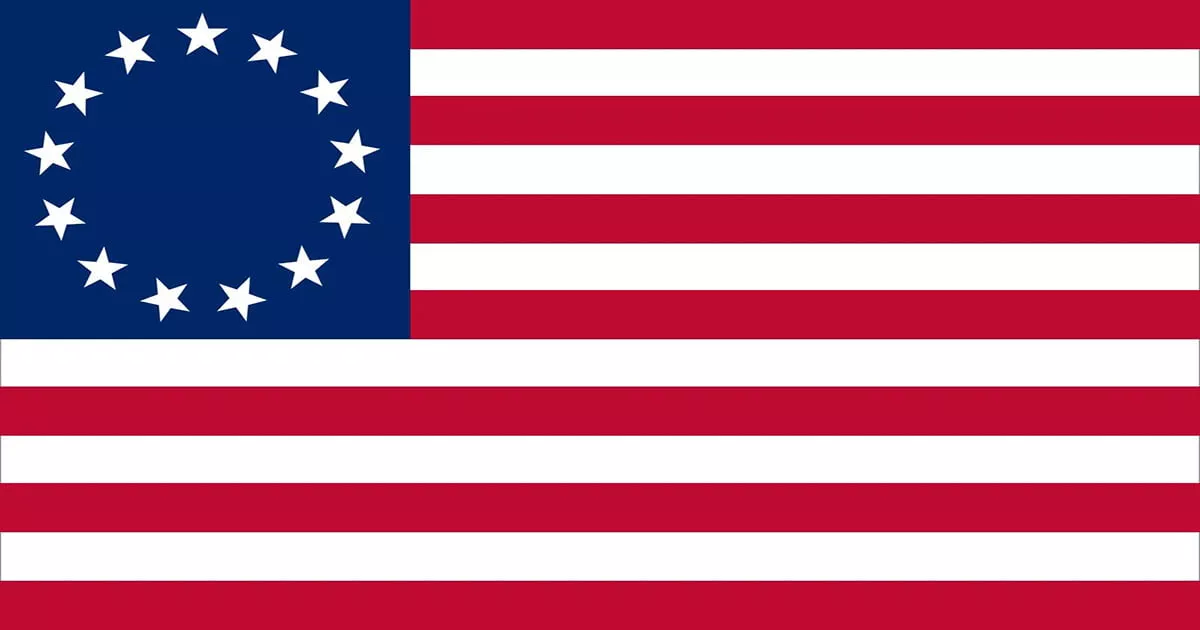

The stars and stripes have gone through plenty of makeovers since America’s wild founding days. Sure, we’ve all heard Betsy Ross stitched the first one—but how did this flag actually become America’s favorite piece of fabric? Let’s take a reckless drive down history’s backroads.
Back in the mid-1700s, every colony had its own flag, mostly to fly on their ships and tick off the English. England saw these “pirate” flags and handed out hangings like Halloween candy if you were caught. Nice.
Betsy Ross got a fat payday from the Pennsylvania State Navy Board to start churning out the new national flag; 13 stripes, 13 stars in a circle. Back then, flags were more military tool than national treasure, so you didn’t see them on every porch. On June 14, 1777, the Continental Congress made it official: 13 stripes, 13 stars, one country (give or take a revolution).
In 1794, Vermont and Kentucky joined the party, so we got two more stars and stripes. This is the flag that survived the bombardment at Fort McHenry, the same one Francis Scott Key was staring at when he wrote the Star-Spangled Banner. Some loved the new look, others thought adding stripes for every new state would make the flag look ridiculous.
In 1818, Congress finally got practical, permanent 13 stripes, new star for every state. Simpler, less of a laundry problem.
The Pledge’s history is weird. In 1888, James Upham, co-owner of Youth’s Companion magazine, started selling flags to schools. He brought in Francis Bellamy, a Christian Socialist, to write a new pledge. In a classic American move, they used Columbus Day as an excuse to push a flag ceremony; perfect for moving more flags.
I pledge allegiance to my flag and to the Republic for which it stands, one nation, indivisible, with liberty and justice for all.
~Francis Bellamy
The original pledge used a stiff-arm salute; ditched after WWII for obvious reasons. “My flag” was swapped for “the flag of the United States of America” so immigrant kids wouldn’t get confused. “Under God” was added in 1954, thanks to Eisenhower and the Knights of Columbus.
The American flag isn’t just red, white, and blue; it’s the country’s entire highlight reel in one piece of cloth. It stands for freedom, democracy, unity, and all the wild highs and lows in between. People fly it for pride, for protest, for holidays, and sometimes just because their neighbor’s yard looks a little too empty.
For a country that never really agreed on much, the flag is about the only thing everyone can sort of unite under. Maybe that’s weird. But given the alternative; yeah, we’ll take it.